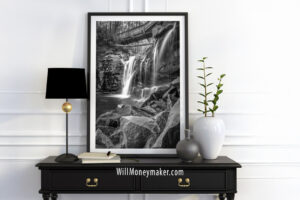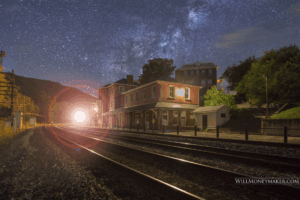We spend a lot of time talking about pouring ourselves into our work because it’s that individuality that breathes life into it and makes it truly unique. But there’s something that often gets overlooked in these kinds of conversations. The thing is, there’s a fine line between creating something meaningful—and creating something that is meaningful only to you. It’s something that is often difficult to discern at the moment because when your emotions are running high over whatever it is that you’re photographing, it’s difficult to think critically about it and to separate your feelings from what another person might feel upon viewing the same scene.
For instance, let’s say that you go out and photograph a landscape. To you, this landscape might mean everything in the world. It could be the place where you proposed to the person you married, or you may have some other monumental memory associated with the vista. Naturally, for you, photographs of this place will hold so much significance.
But step outside what you’re thinking and feeling so that you can try to see the scene through someone else’s eyes. To them? It might just look like any other landscape. Beautiful in its own right because it features greenery, trees, beautiful clouds—all the hallmarks of a pretty view. But to an outside perspective, it doesn’t necessarily mean anything on a deeper level.
This is something that we need to be mindful of when we’re creating. For those outside perspectives, the significance of a photograph comes from the way in which the photographer shows the subject material. If you’re photographing a pet or someone special to you, it’s not enough to take a photograph and expect that everyone else will attach the same meaning to it that you do. Instead, you need to find ways to make that photograph speak to a broader audience about the love between a person and his dog or his significant other.
So, to go back to the landscape example, you’ll need to find ways to tell us why this place is so special. Is there a nearby tree with a heart carved into the bark? Include it in the scene to tell the story about how this is a place of love. Or use props—a bouquet of flowers strategically placed or some other symbolic object that speaks of what happened at this place. A couple holding hands in the distance tells a poignant tale. Of course, you don’t necessarily have to use these examples—they’re just examples to illustrate what I mean. The point is that you’ll have to get creative if you want to figure out how to make things meaningful to a broader audience. And that’s all part of the challenge of photography, isn’t it? This medium always makes us look for ways to express ourselves so that those who see our work can understand its essence.
Now, go and enjoy the beauty of God’s creation through your lens.




